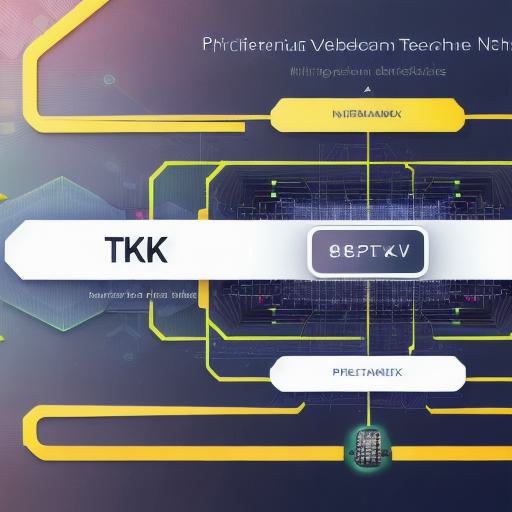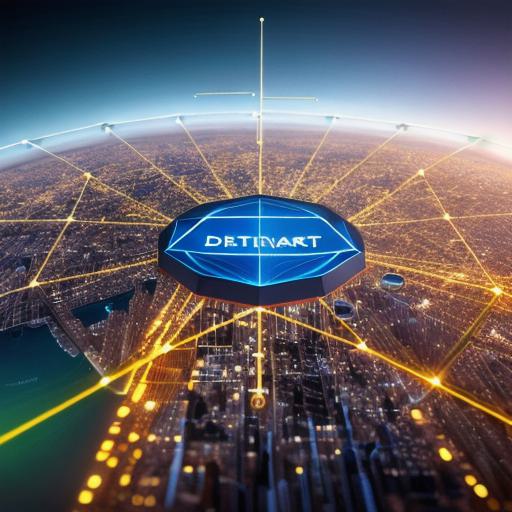The rise of decentralized web technology has been a game-changer in recent years, promising to democratize the internet and empower users with greater control over their data. But what exactly is decentralized web technology, and how does it work? In this article, we’ll explore the potential and challenges of decentralized web technology, focusing specifically on Web3 technology.
Web3 Technology: The Next Generation of Decentralized Web Technology
Web3 technology refers to the latest generation of decentralized web technology, which is built on blockchain technology. Unlike traditional centralized web technologies, such as HTTP and HTML, Web3 technologies are designed to be decentralized, meaning that they do not rely on a single entity or organization to manage and control them. Instead, Web3 technologies are managed by a network of computers, each of which has a copy of the entire system.

One of the key benefits of Web3 technology is its ability to provide greater security and privacy for users. Because there is no central point of failure in a decentralized system, it is much more difficult for hackers or other malicious actors to compromise the system. Additionally, because each user has control over their own data, they can choose who has access to it and how it is used.

Another benefit of Web3 technology is its ability to facilitate peer-to-peer transactions, allowing users to interact directly with each other without the need for intermediaries like banks or payment processors. This has the potential to revolutionize industries such as finance, real estate, and even social media, making it easier and cheaper for people to connect and transact with each other.
Case Studies: Real-Life Examples of Decentralized Web Technology in Action
There are already several examples of decentralized web technology being put into practice. One notable example is the Dfinity Foundation’s Filecoin, which uses a decentralized storage network to store and retrieve data. This has the potential to make it much easier and cheaper for users to store and access large amounts of data, such as videos or photos.
Another example is the Decentraland platform, which allows users to create and interact with virtual worlds and experiences. Decentraland uses blockchain technology to manage user data and transactions, providing a secure and private environment for users to explore and connect with each other.
Challenges: Overcoming Obstacles in the Decentralized Web Ecosystem
While decentralized web technology holds great promise, there are also several challenges that must be overcome in order to fully realize its potential. One of the biggest challenges is scalability – decentralized systems can be slow and inefficient compared to centralized systems, which can limit their ability to handle large volumes of data or transactions.
Another challenge is interoperability – because different decentralized systems use different technologies and protocols, it can be difficult for them to communicate with each other. This can make it difficult for users to move data or assets between different platforms, which can limit the potential of decentralized web technology.
Finally, there are legal and regulatory challenges that must be addressed in order to fully realize the potential of decentralized web technology. For example, some countries have banned certain types of decentralized technologies, such as cryptocurrencies, while others have taken a more cautious approach to regulation. This can make it difficult for developers and entrepreneurs to build and deploy decentralized applications.
